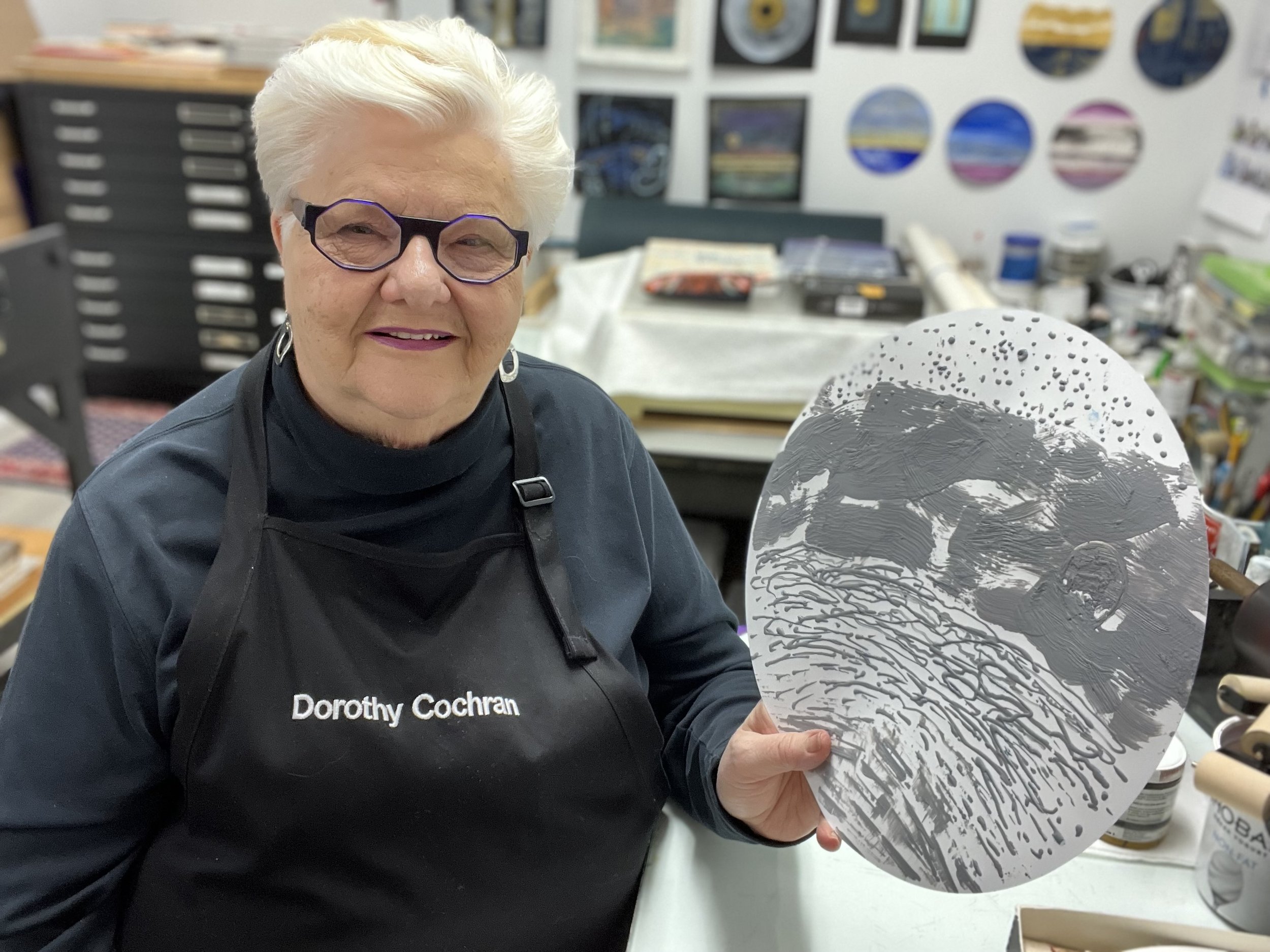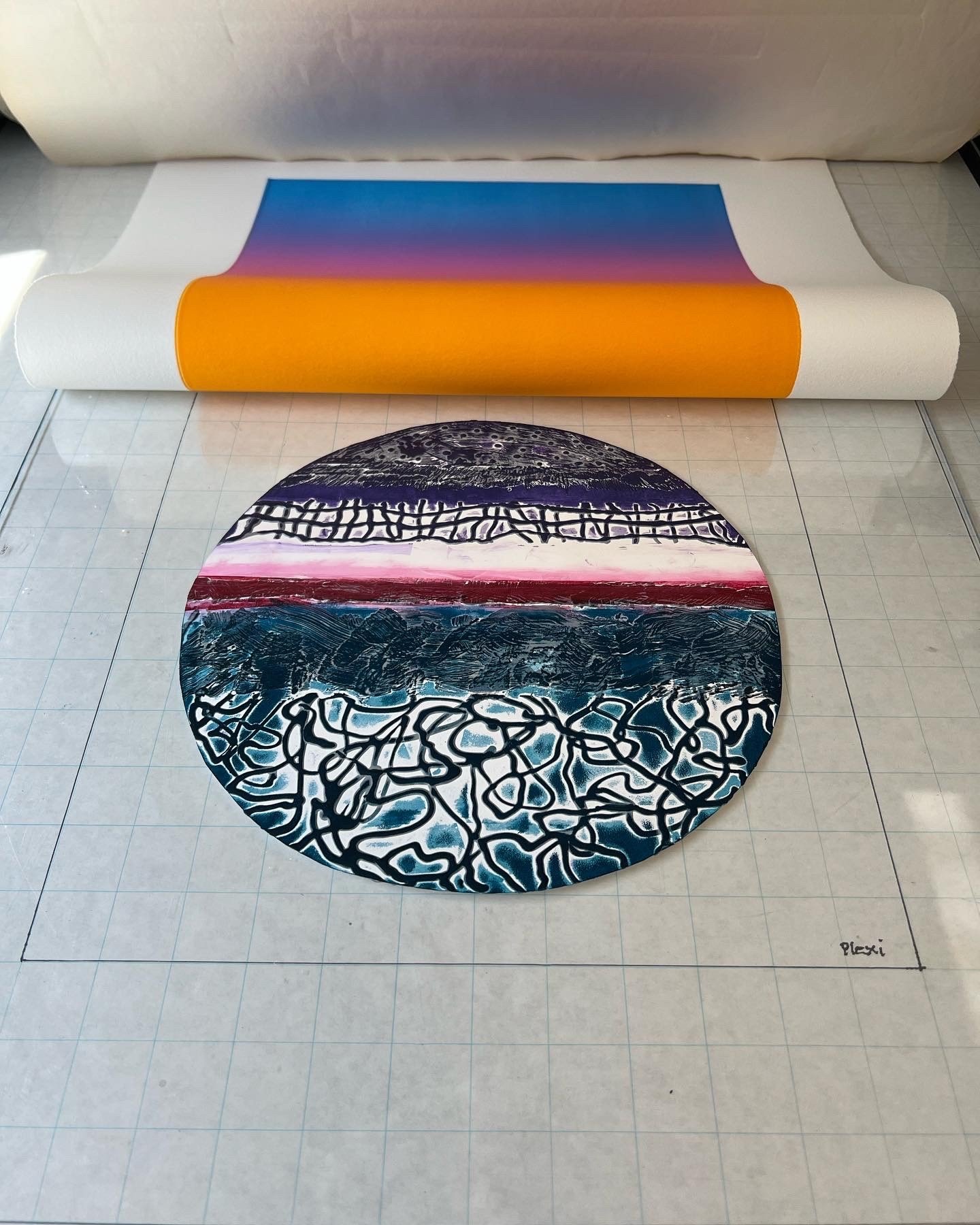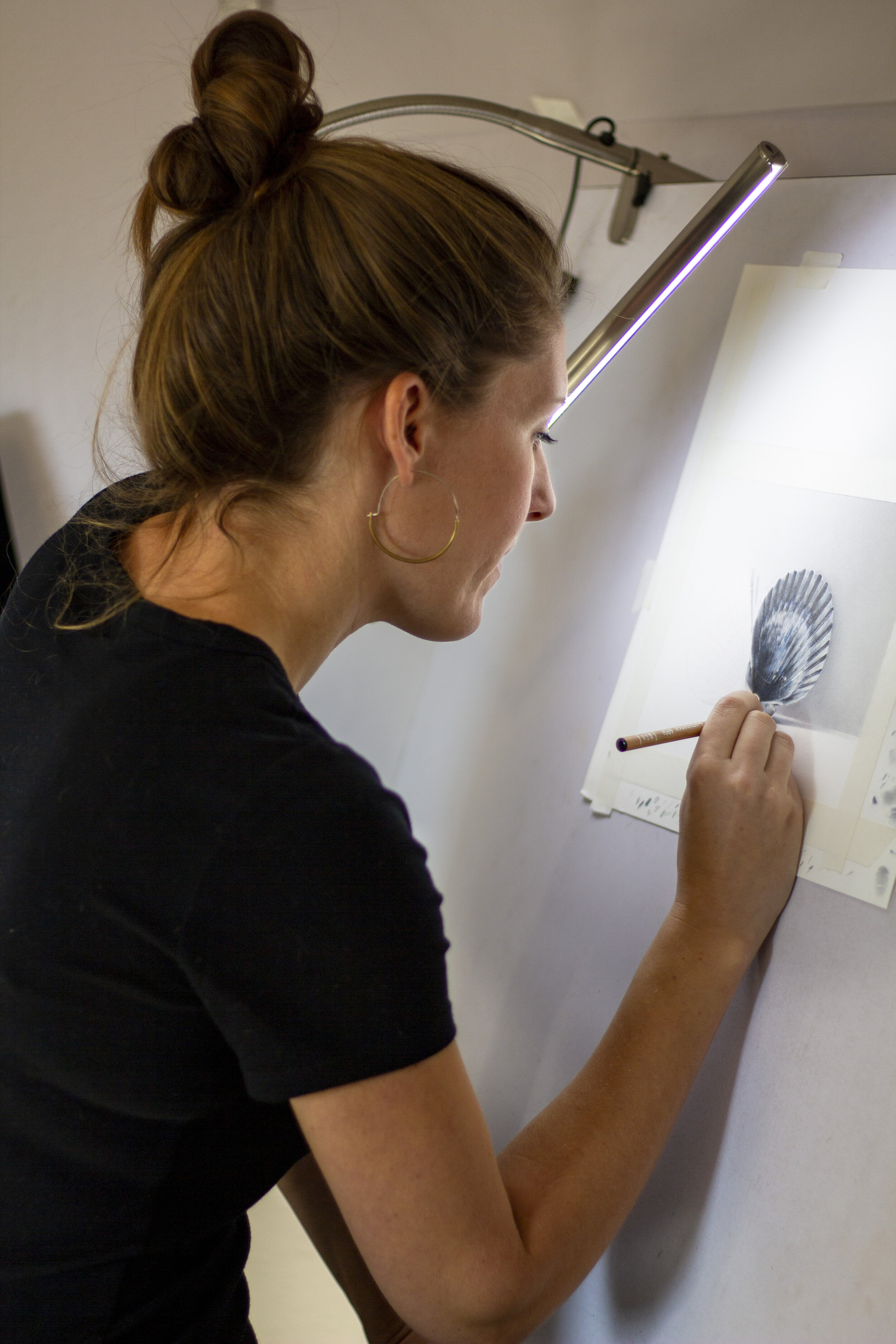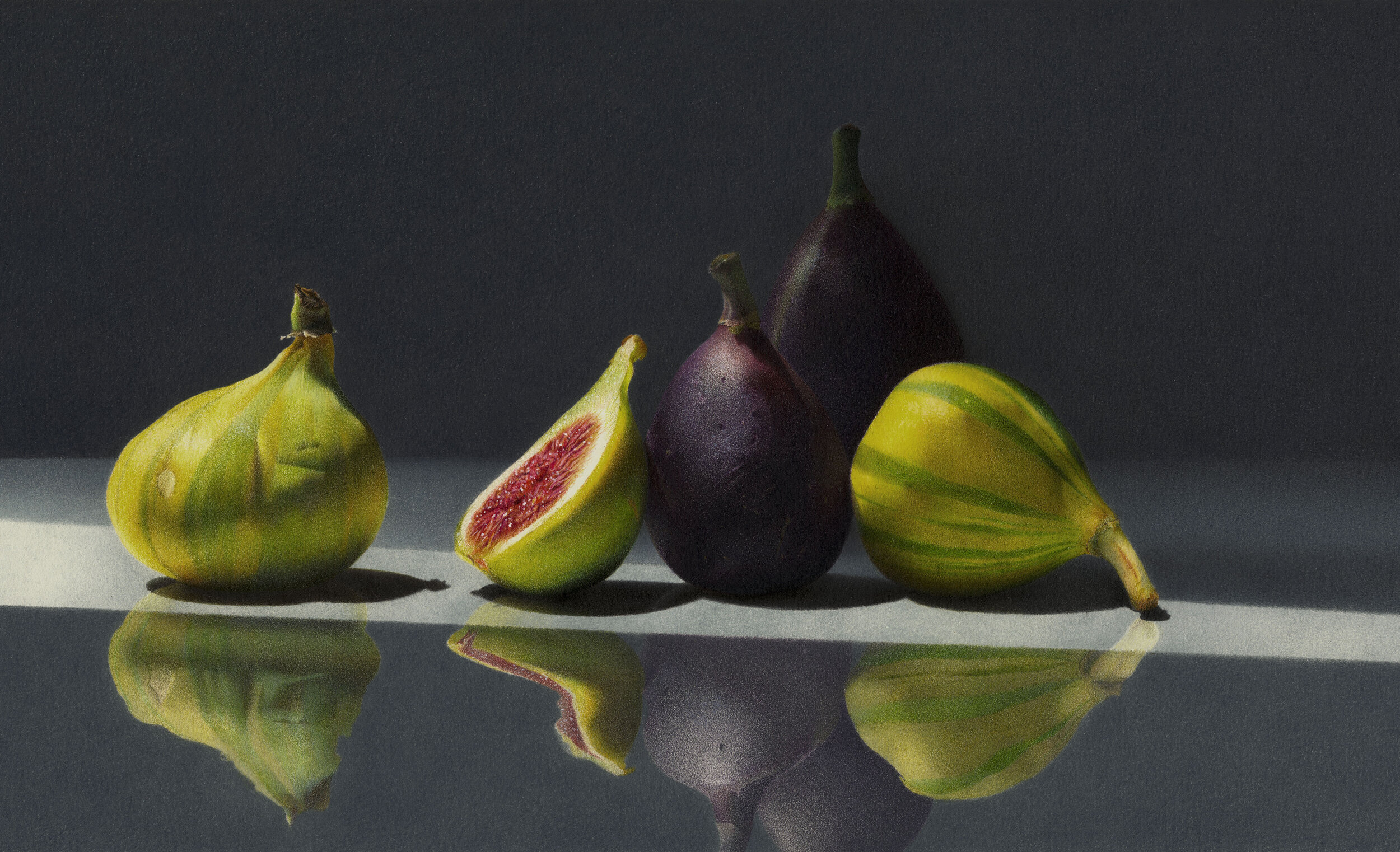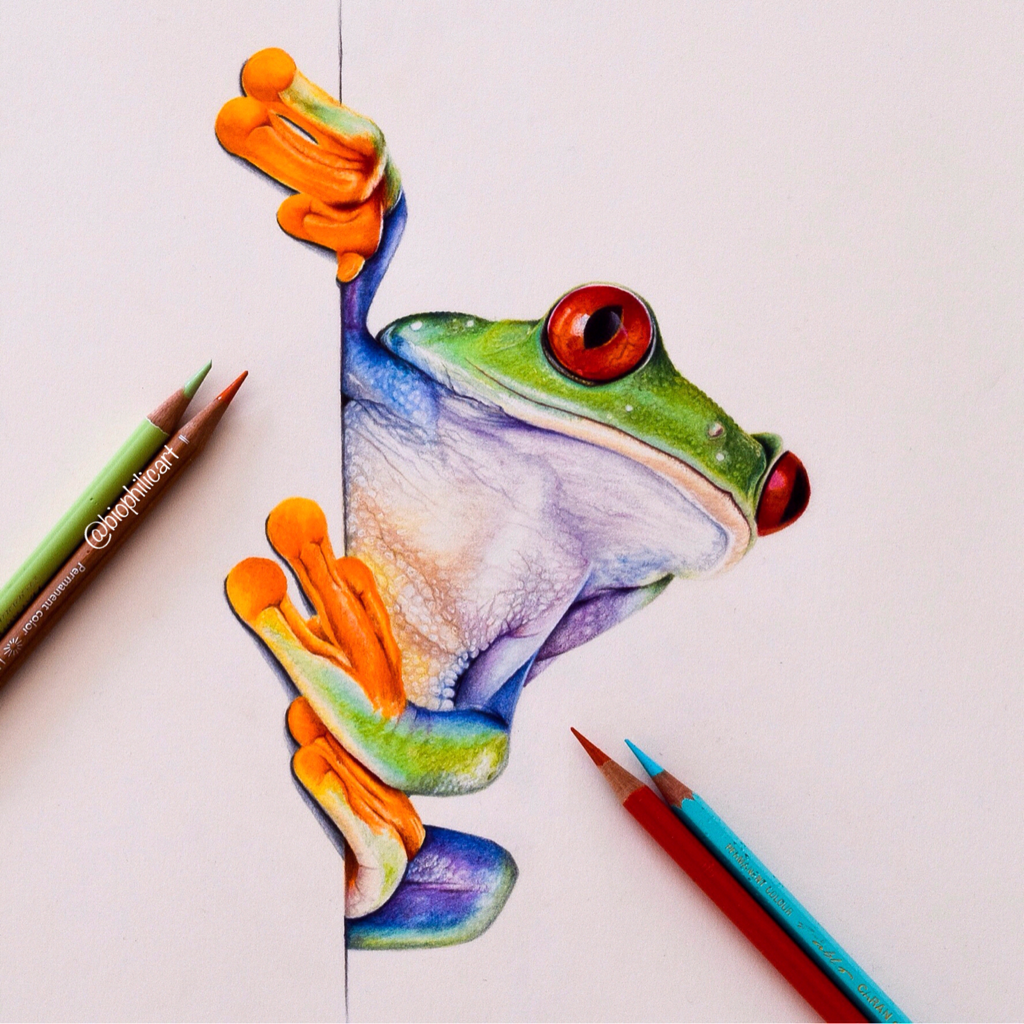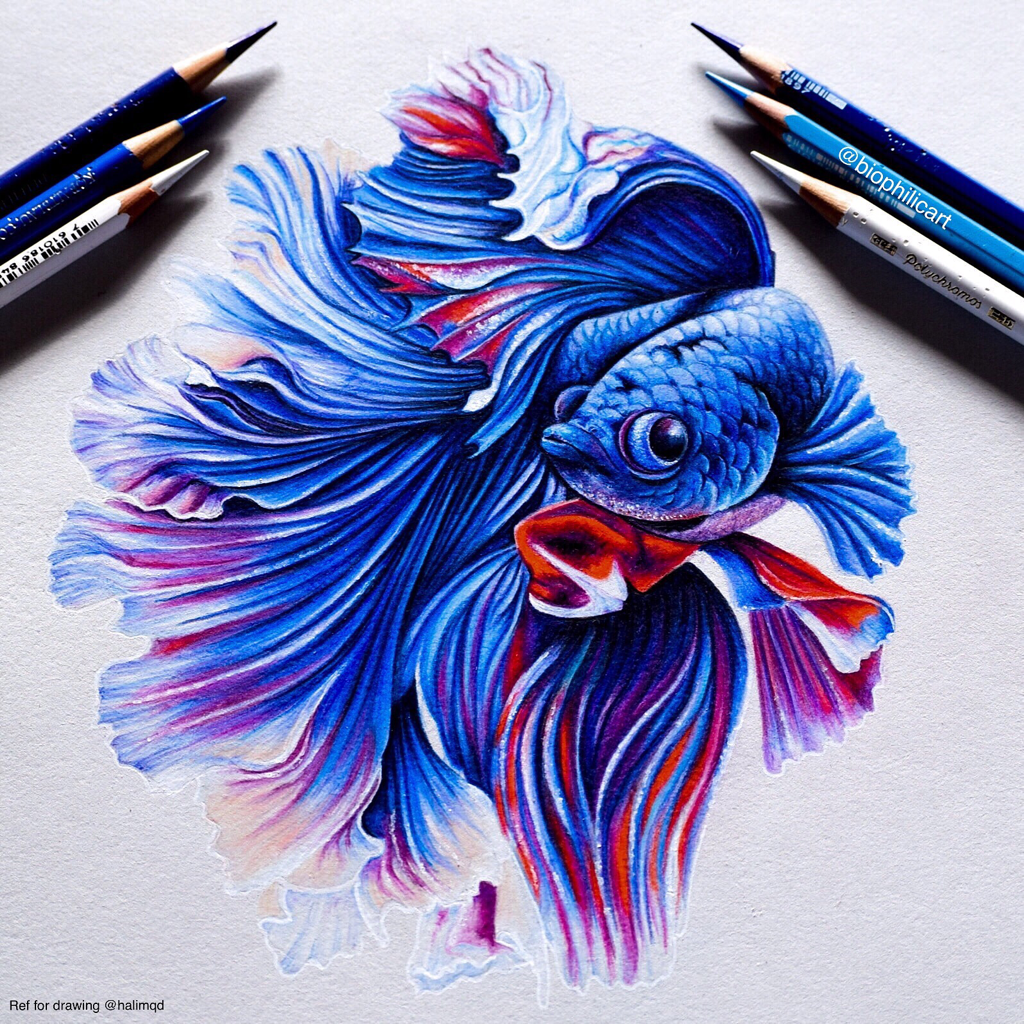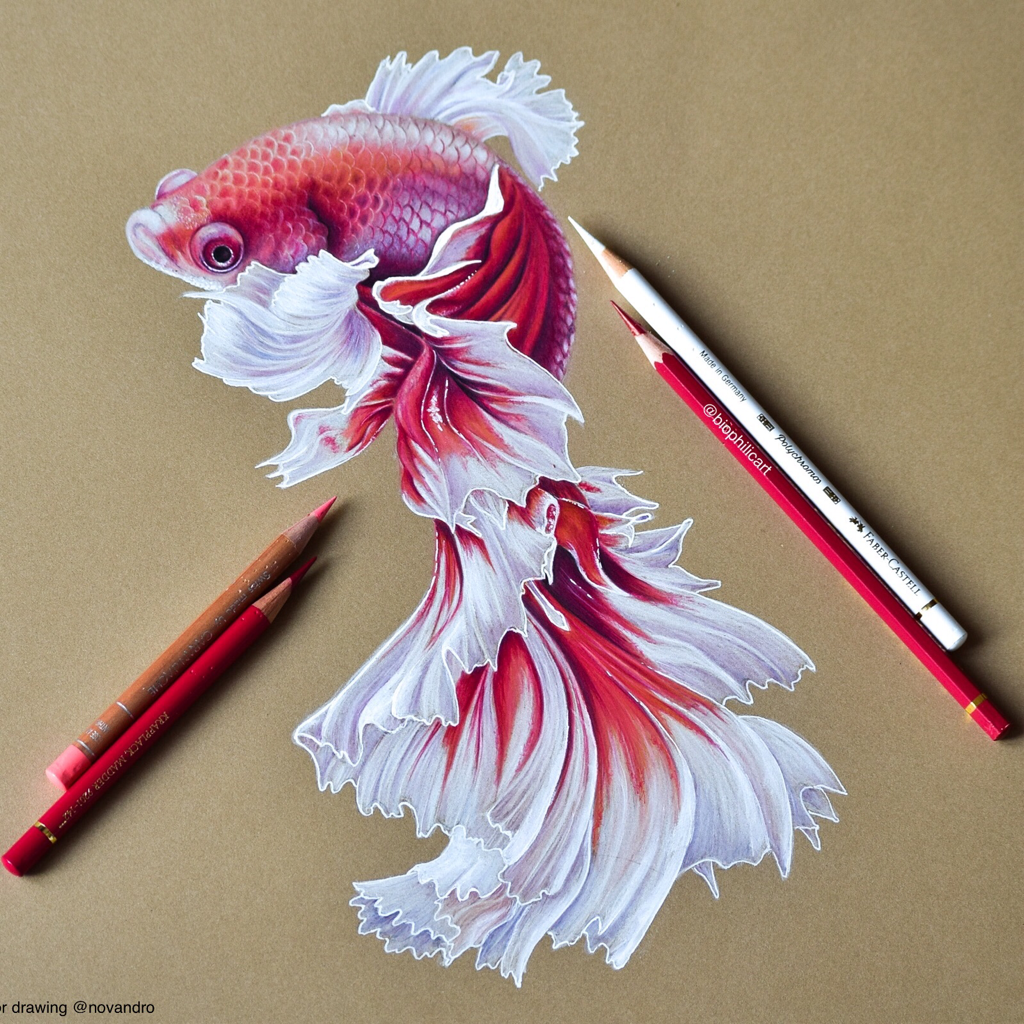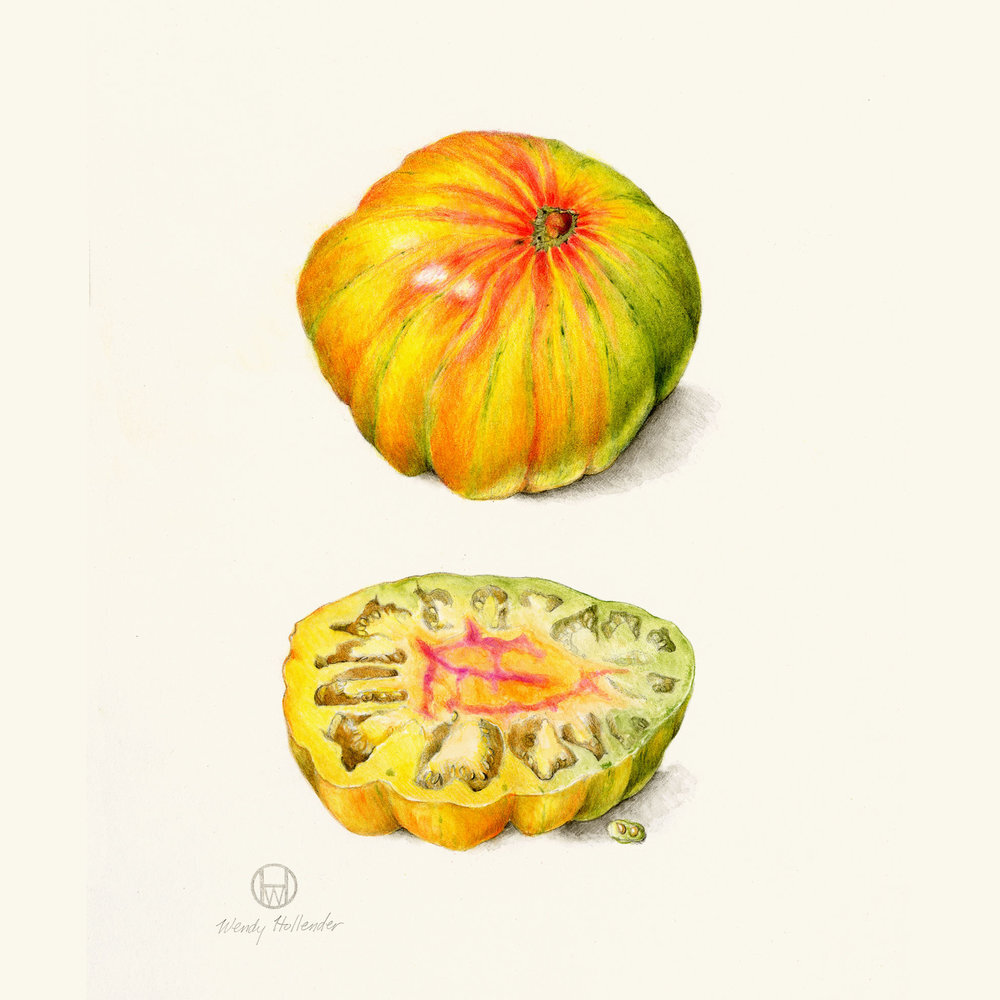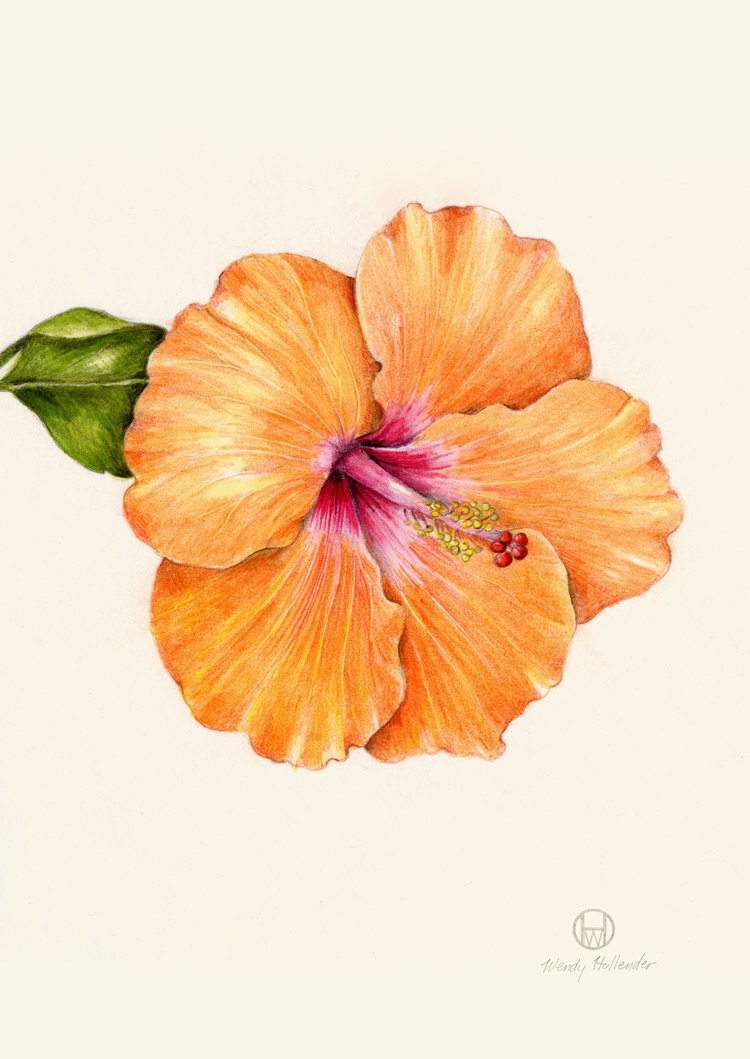Tell us about yourself and your art!
My name is Elizabeth Karlson, I am an artist from Northern Illinois. I create calming, ethereal abstract artworks using primarily alcohol ink.
What materials do you use for your artwork & prints?
I create most of my paintings on synthetic paper, like Yupo! My favorite paper to use for prints is Moab Entrada Rag Bright White.
Why do you print your artwork?
I print my work because it provides a cost effective option for those that have a limited budget. It also allows me to print copies of my work and share them to people all around the world.
What is your process for printing your art?
I start by scanning my artwork on my Epson v39 scanner at a high resolution, like 2400dpi. This allows me to take small images and be able to print them at a large scale.
I open the scan TIF file in photoshop and edit out pieces of microscopic dust, hairs and fuzz. It usually takes me at least an hour to edit the image, sometimes much more than that depending on the image.
Once I have my image finished, I open a new document in my desired print size, then paste my image onto that document and crop it to the correct size. I print on Moab Entrada Rag Bright White using my Epson Surecolor P900. I can print images up to 17” in studio.
If a customer wants a print larger than this I use a company called Finerworks. With Finerworks, I can order prints in very large sizes, the print quality is great and you can select your favorite paper or material to print on.
Advice for artists that wants to start printing.
My advice to artists that want to start printing their work- always get a good image of your artwork. I recommend getting a scanner, this way you can have high resolution images and make an image portfolio. For larger works you can take a picture using a digital camera and a tripod so the image is sharp.
You don’t need to invest in a fancy printer at the start, you can find great companies online or local print shops and take your file to be printed there. (Here ‘s a list of photo labs printing on Moab Paper.)
Having a good image makes all the difference, you can use it for prints/ reproductions, licensing deals and a variety of other things.
Get a flash drive, hard drive, or upgrade your cloud space so you can store all your images there for easy access. You never know when a customer or potential client wants to work with you and you’ll be prepared with a high resolution image portfolio.












